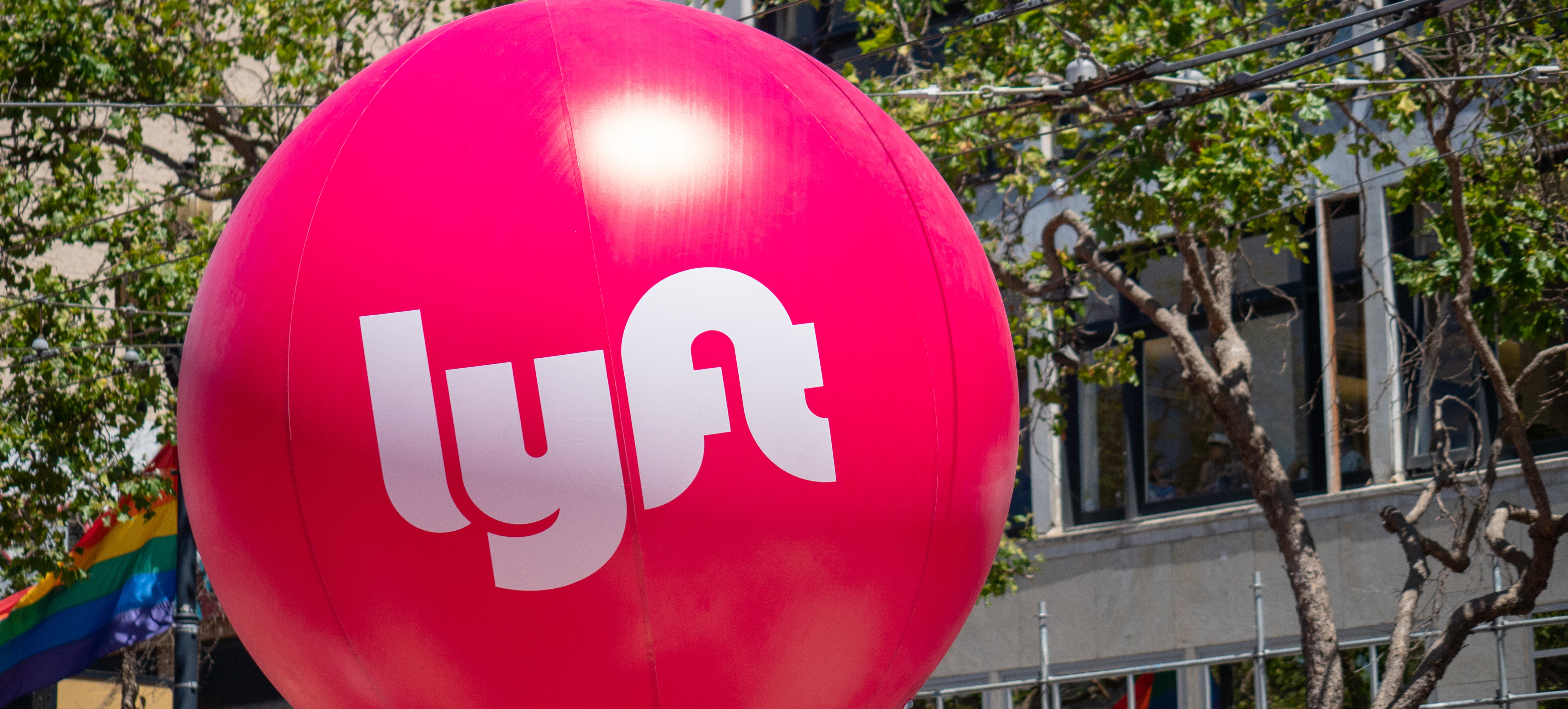Even more travelers are expected to seek Instagram-worthy experiences
An upswing in business travelers’ preference for midscale hotels—partly triggered by younger adults’ preference for boutique properties—is expected to force upscale properties worldwide to compete more aggressively on prices, according to a new travel forecast.
The recently released 2019 Global Travel Forecast—a collaborative effort between Global Business Travel Association and Carlson Wagonlit Travel—found that although historically, most business travelers fall firmly in the upscale market, an upsurge in interest in midscale properties is resulting in more of them being built.
“We expect a continuation of flat-to-negative daily rates in the upper tier as travelers move away from standardized brick-and-mortar hotels and toward a more Instagram-worthy experience,” the report states.
The annual forecast, which began in 2015, also projected trends for other travel-related industries, including airlines. Many of the findings directly impact the meetings industry.
Airline Forecast
The prices of airline tickets in North America are expected to rise by just 1.8 percent in 2019 and 1.7 percent in the United States, as airlines recalibrate to better reflect areas of demand, depending on how trade relationships change with key allies and adversaries. Airlines are expected to reduce premium economy and basic economy seats as they target margin improvement.
Ticket prices are expected to increase by 3.2 percent in Asia Pacific and 4.8 percent in Western Europe, and drop by 2 percent in Latin America, 2 percent in the Middle East and Africa, and 2.3 percent in Eastern Europe.
Ultra-long-haul flights—such as Singapore Airlines’ flight from Newark, New Jersey, to Singapore and United’s flight from Houston to Sydney—are expected to continue to make a comeback. Currently, 19 ultra-long-haul flights are available, more than triple the number from a decade ago, the report states, adding that continued expansion is likely to create a more competitive market among carriers.
A new technology platform, New Distribution Capability (NDC), from International Air Transport Association is expected to continue causing a shake-up in the airline industry.
“[The platform] allows airlines to distribute richer content across different channels, enable product differentiation, personalized services, dynamic pricing and an overall transparent shopping experience,” the forecast states. Essentially, airlines are connecting directly with customers by pushing out content, products and services, and pulling in customer history and preferences.
Hotel Forecast
Hotel prices are expected to increase by 2.1 percent in North America, including 2.7 percent in the United States, in 2019. By comparison, the prices are expected to rise by 5.6 percent in Western Europe and 5.1 percent in the Asia Pacific region, and decline by 1.9 percent in Eastern Europe, 1.3 percent in Latin America and 1.5 percent in the Middle East and Africa.
A rise in hotel company consolidations—including Marriott International’s purchase of Starwood Hotels and Resorts, as well as Accor Hotels’ acquisition of Switzerland-based Movenpick Hotels and Resorts—was noted as a significant trend. “It remains to be seen whether merged companies use their market scale and presence to increase prices above market rates in 2019,” the report states.
The forecast noted that more than 43 percent of corporate travelers deviate from company travel policies ahead of their trip, and 42 percent make changes while traveling, according to a study by Sabre. “These figures are expected to increase,” the 2019 Global Travel Forecast says.
Technological advances are expected to accelerate. This includes adoption of robots and beacon technology to personalize the guest experience. Look for more automation of the check-in process that allows guests to open their doors with their mobile phones.
Ground-Travel Forecast

The 2019 Global Travel Forecast also includes a section on ground travel. A continuing trend toward ridehailing apps is predicted, but rather than going head-to-head for a share of that market, car rental firms are likely to continue to team up with ride-hailing companies, using their excess fleet.
Rental companies rent older-model cars to ride-hailing drivers on a daily, weekly and sometimes monthly basis, at 30 to 40 percent below market rate. Since Hertz and Lyft began their Express Drive program in 2016, Lyft’s drivers have earned more than $450 million.
“As it’s the utilization of fleet that drives profitability, this trend will probably continue,” the report states. “And in an additional move toward partnerships, tech companies will look to car rental companies to manage their fleet.”
The forecast also weighs in on connected cars, which use mobile technology to control key functions remotely by a smartphone, tablet or computer.
Digital evolutions happen exponentially. Avis has the largest connected car fleet in the world. The company is aiming for a fully connected fleet by 2020, and some experts predict that 90 percent of all new cars will be connected to the internet by the same year,” the report says.




